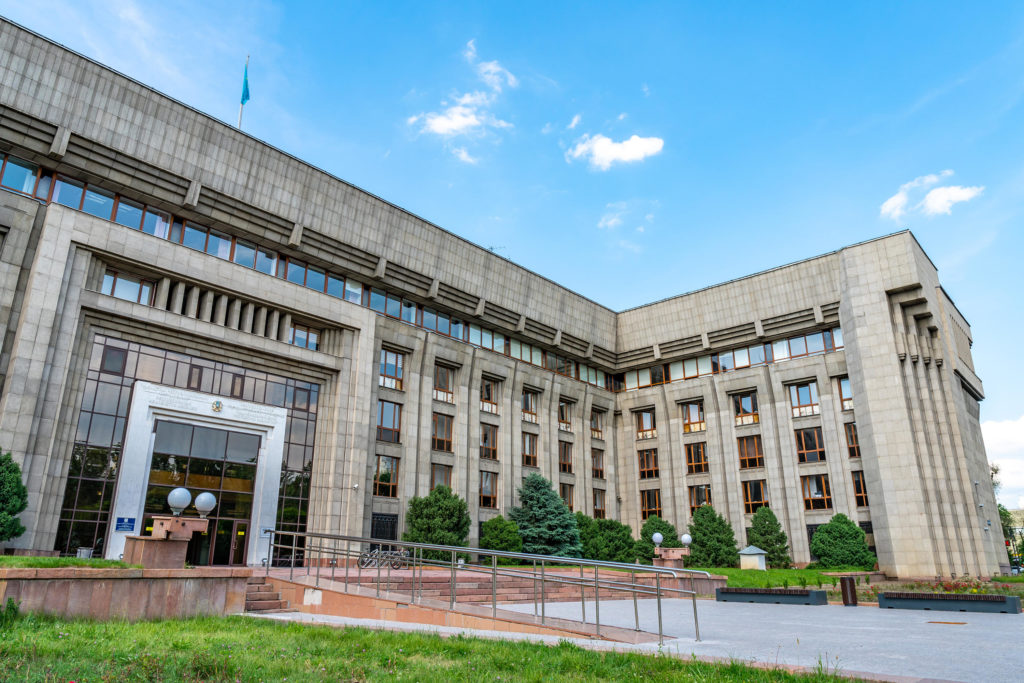NUR-SULTAN
Kazakhstan’s government and the central bank have prepared an anti-crisis plan to mitigate the negative impact on the country’s economy stemming from the Russia-Ukraine conflict amid the sharp devaluation of the national currency in the last few days.
A set of anti-crisis measures is aimed at supporting financial stability after the country’s national currency tenge lost its value and began to trade at around 500 tenge per one U.S. dollar.
The action plan includes measures aimed at maintaining inflation control and stability in the foreign exchange market, supporting employment and the creation of new jobs, and developing entrepreneurship, The Astana Times reported.
To ensure financial market stability and the attractiveness of tenge deposits, the government and the National Bank will implement the Tenge Deposit Protection Programme, which provides for 10 percent accrual on household deposits at the expense of the budget.
The central bank said it would continue intervening in the foreign exchange market, if necessary, to dampen tenge volatility, similar to what it had done the past week. Volumes and frequency of such interventions will depend on the situation in the domestic currency market.
“At that, the flexible exchange rate of tenge will allow securing gold and currency assets, which are becoming more important in light of external risks. Current levels of gold and foreign currency assets allow covering 8.8 months of imports,” the bank said in a statement.
Russia is one of the key trading partners of Kazakhstan, and with the rouble plunging to its record low losing 30 percent of its value against the U.S. dollar, the weakening of the Kazakh tenge was just a matter of time. The Kazakhstan Stock Exchange (KASE) said that on average, the tenge to U.S. dollar rate was 495.00 tenge, up six percent just overnight.
Sberbank Kazakhstan, one of the biggest in the country, said that it continued to operate as usual and fulfiled all its obligations to customers and partners.
The bank said that operations for individuals were available for withdrawing and replenishing accounts, payment for goods and services, transfers in national and foreign currencies, and currency exchange. Operations with plastic cards of all payment systems, including VISA and MasterCard, are carried out as usual, it said in a statement.
Last week, Kazakhstan’s National Bank raised its key policy rate sharply to 13.5 percent from 10.25 percent. The rate corridor was kept at plus or minus 1.0 percentage points, the central bank said. The rate on access operations to provide liquidity was raised to 14.5 percent from 11.25 percent and the rate on access operations to withdraw liquidity – to 12.5 percent from 9.25 percent.
Consumer prices in Kazakhstan rose by 8.5 percent year-on-year in January after rising 8.5 percent in December. Monthly inflation in January was 0.7 percent up from 0.6 percent in December. Kazakhstan’s National Bank projected annual inflation in a range of 7.5-8.5 percent in 2021.
The central bank said it expected annual inflation to slow down to 6-6.5 percent by the end of 2022, but did not rule it could reach the target range of 4-6 percent.
Kazakhstan’s economy started recovery last year and expanded by 4 percent backed by a growth in the real sector after the contraction by 2.6 percent in 2020.

